
Overview
In this lesson students explore the lives and work of artists with disabilities and the connections between creativity and sensory experience and between ability and disability. Students read or listen to a selection of books about art and disability, including books by and about artists with disabilities. Follow-up activities include art projects, sensory activities and preparing an art exhibit of their work that includes information on accessibility. Though the lesson is written using examples of painters and other visual artists, suggestions are also included to help teachers expand this exploration to music, writing and other media.
A supplemental descriptive writing activity sheet provides poetry and prose writing assignments for middle and high school students. One activity helps students explore the writing techniques used in preparing written and audio descriptions of visual and performance art for individuals who are blind or partially sighted.
Disability Awareness Focus: Art and the Senses.
Grade Level: This lesson can be adapted to different grade levels.
Subject(s): Reading and Language Arts, Art.
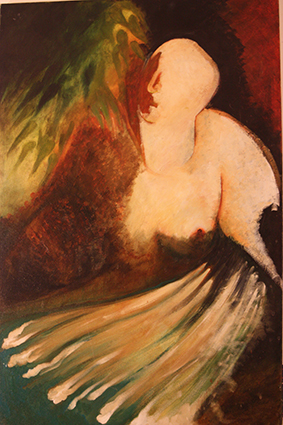

Learning Objectives
- Analyze texts, images and art for information about the social and cultural experience of art and disability.
- Explore and create art in different forms.
- Use texts, analysis of artwork and creative experiences to better understand how individuals with and without disabilities use artistic abilities and sensory skills to create art and meaning.
- Explore and create different forms of descriptive writing.
- Introduce techniques used to describe visual information to individuals who are blind or partially sighted.
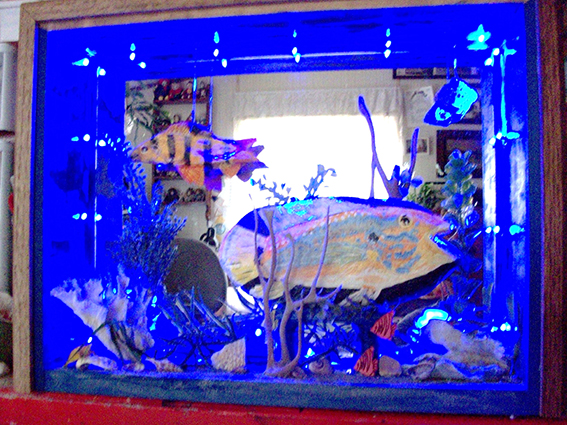
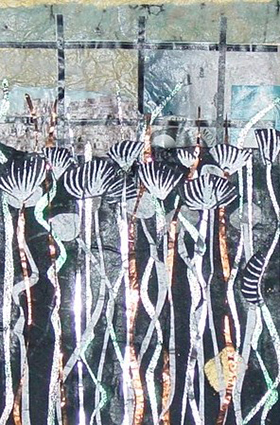
Standards
Participate in collaborative conversations with diverse partners.
Actively engage in group reading activities with purpose and understanding.
Identify characters, settings and major events in a story.
Ask and answer questions about key details in a text.
Make connections between the text of a story and a visual or oral presentation of the text.
Participate in collaborative conversations with diverse partners.
Review the key ideas expressed and draw conclusions in light of information and knowledge gained from the discussions.
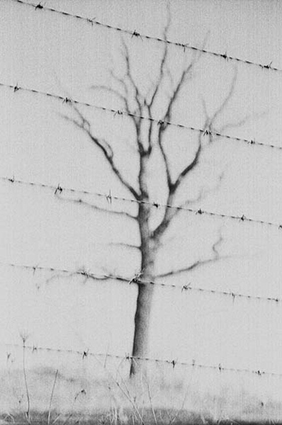
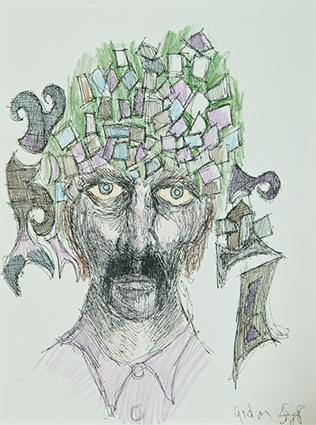
Materials
- Fiction and nonfiction books, and artwork relating to disability and the arts from libraries, the Internet and other sources. Some options are provided with this lesson.
- Art materials and tools relevant to the selected books and activities. (Tactile materials to consider using in artwork include sandpaper, Elmer’s glue, paper or cloth with interesting textures, pipe cleaners, sand and objects from nature.)
- Tape or pins to post artwork, descriptions and student writings.
- List of accessibility signs and services.
- Optional Activity: Descriptive Writing Activities Worksheet.
- VSA Vermont art and audio descriptions profiling work of Vermont artists.
Time: This lesson takes at least 40 minutes (or two 20-minute sessions). Supplemental activities can be continued over several days.
Setting: Large group and small group activity.
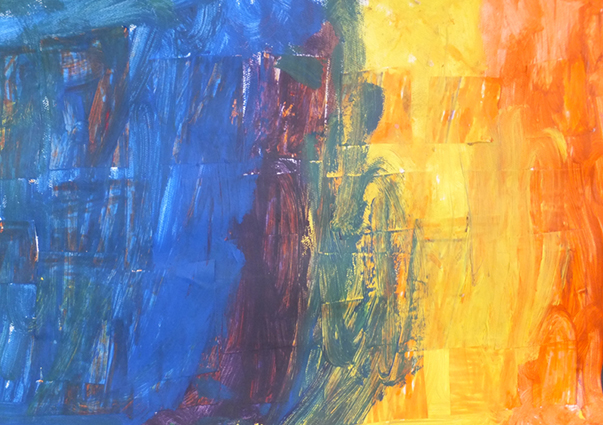
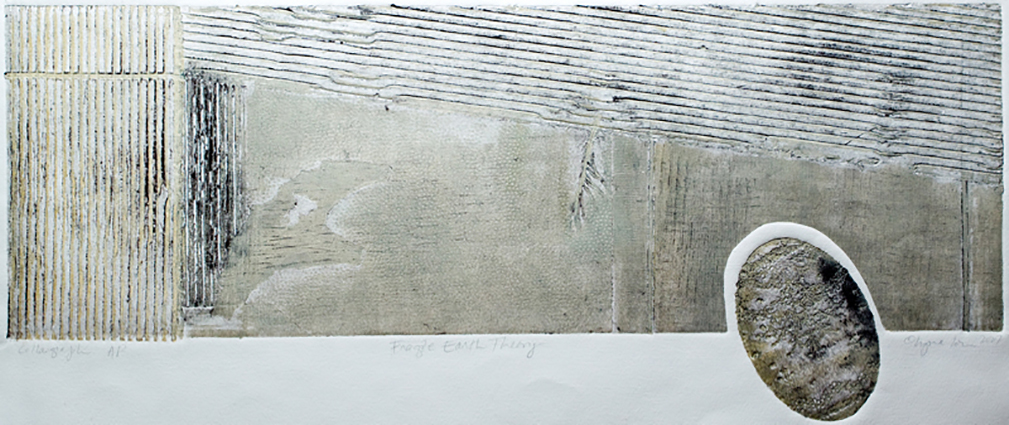
Directions
Lesson Preparation: Select the art focus you want to use in your class. Review the reading resource suggestions and select the books and related art and writing tools you will use. Students can help by choosing books and other reading materials that interest them. If any students have sensory disabilities, include examples of art that they can both experience and create.
Lesson Implementation
Introductory Reading: Read a book to younger grades and have older students break into small groups to read fiction or nonfiction about art and disability or about the work of particular artists with disabilities. After reading, ask students to share the important points from the readings and then discuss their response to the readings and art: What did you learn about the real or imagined individuals and why is disability and art important in their story? What kind of artwork was highlighted? What was striking about the artists and their artistic achievements? If students had a chance to explore more than one artist or art form, what stood out about each artist’s style or use of color, texture, shape, sound or other sensory elements? Whose work would they most like to imitate or learn more about? Why?
Art Activity: Set up the room so that students can create a collage, painting or other artwork based on one of the selected books. Give students one or more art sessions to create their own collage, painting, sculpture or other art project inspired by the fictional story, or the biography and work of an artist whose work they admire. If students are making a collage or painting, ask them to think of ways to make their art accessible by touch as well as by sight.
After completing their art project, ask students to think about their artwork and how they would describe it to someone who is not able to see it. What background information and other description do they want to include? Have students use these ideas to write a description of their work.
Possible visual artists with disabilities to explore include Frida Kahlo, Vincent van Gogh, Chuck Close and lesser known artists such as Donna Williams and Larry Bissonette. There are many artists whose disability has helped shape their artistic gifts and creative practices and whose work in now available for viewing online or in publications. Students could also study the work of artists with and without disabilities whose art is accessible through touch and consider both vision and touch as sensory avenues to experience art.
Lesson Wrap-up and Final Presentations
Hold an art exhibit and open house in your classroom and entrance hall. Have students post their art on the walls or other exhibit areas along with any biographical or descriptions about the artist and their artwork. The exhibit could include text or audio descriptions of the students’ artwork as well as a profile of each artist and their comments on their own working, using suggestions in the Descriptive Writing Worksheet included with this lesson. For examples of how to provide accessible information in your exhibit, visit the V S A Vermont website: v s a v t website.
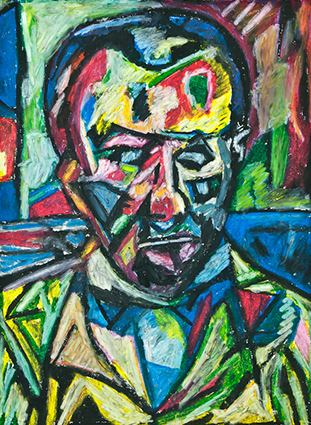
Supplemental Activity
Alternative Art and Sensory Activities Music Activity: After reading about and listening to the work of Ray Charles, Beethoven, percussionist Evelyn Glennie or other musicians with disabilities, ask students to think of how they experience the music and help them explore how music and related elements (rhythm, melody, tone, structure, etc.,) evoke feelings and memories. After listening to selected music, have students create a poem, dance, song, essay or a visual or tactile artwork inspired by the music.
(This activity can be extended to an exploration of other music in specific genres. For example, after listening to Evelyn Glennie, students could listen to other drummers and percussionists. Ask students to think about sound as vibration and to try feeling the vibration coming from drums or other objects used as drums.)
Writing Activity: Ask students to choose a sense to experience and spend 10 minutes using just that sense (sight, hearing, taste or smell) while being quiet in a place chosen for the exercise. It could be the classroom or outdoors. To explore sight, ask them to pay attention to what they see and to look and remember the images, colors and contrasts they find. Remind them to refocus on sight if they find themselves paying attention to hearing, touch or smell. For hearing, ask them to find a spot and close their eyes and be silent and just listen to the world around them. For touch, smell or taste, ask them to pay attention to what they are learning or experiencing though the chosen sense. Let them know that exploring one sense may also bring up memories or feelings. Ask them to notice if this happens.After doing the sensory exercise, students should sit and write without stopping for 10 minutes, writing a list of what they experienced while they focused on one sense and closing off others. Ask them to start by writing a list of their experience using words that describe this sensory experience and their feelings during it. After the individual writing is complete, students can make a group list of the descriptive language that comes out of the activity. Some of these images can become the basis of a group poem. Some students may choose to keep a journal of these activities and turn to them for ideas for poetry, essays or autobiographical writing or to use in other art forms.
Additional poetry and prose activities are suggested in the Descriptive Writing Worksheet.
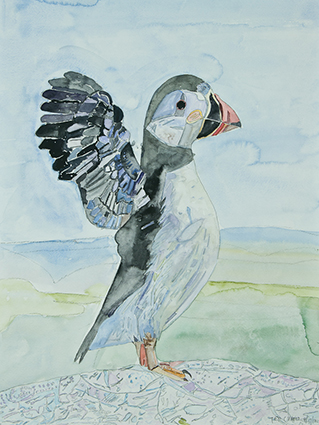
Resources
General Resources for Reading and Film
Visual Art
“Lucy’s Picture,” by Nicola Moon, with illustrations by Alex Ayliffe: In this unfolding story of why and how Lucy chooses to make a collage for her grandfather, readers gradually discover Grandpa’s blindness as they watch him experiencing Lucy’s present through touch (Fiction Picture Book, Elementary).
“The Art of Miss Chew” or “Thank You, Mr. Falker,” both by Patricia Polacco: Tells the story of a student (the author as a girl) who had significant learning disabilities and significant abilities in art. She later went on to write and illustrate these books and others (Autobiographical/Picture Book, Elementary and Middle School).
“Up Close, The Art of Chuck Close,” by Jan Greenberg and Sandra Jordan: This book uses artwork, photographs and quotes to introduce readers/viewers to the art of Chuck Close, his passion for artistic expression and the role disability and difference has played in his artistic development (Biography/Picture Book, Junior and High School).
“My Classic Life as an Artist: A Portrait of Larry Bissonette,” a film directed by Douglas Biklen and Zach Rossetti: Explores the life and art of a Vermont artist with autism who moved from living in an institution to a successful life as an artist, educator and advocate.
“I am in here,” a film by Vermont artist Mark Utter: Profiles his life and art. Mark is one of the Vermont artists whose work was included in the VSA Vermont exhibit, Engage. For more information, visit Mark Utter’s Film, I am in here.
Music
“Moses Goes to the Concert,” by Isaac Millman: The author takes readers to a concert with a class of children who are Deaf. Why would Deaf and hard of hearing students want to go to a concert? Why doesn’t the percussionist wear shoes? Learn this and more in this book when you read or listen to this book. (Fiction/Picture Book).
“Sing to the Stars,” by Mary Brigid Barrett: A young violinist’s friendship with a jazz musician opens him up to the often overlooked power of sound and to what friendship makes possible (Fiction/Picture Book).
“Piano Starts Here:” The Young Art Tatum tells the story of one of the great jazz pianists (Biography/Picture Book)
“Beethoven for Kids: His Life and Music,” by Helen Bauer: Has biographical information and 21 activities, including one where readers learn about and make an ear trumpet, the hearing aid of Beethoven’s time (Biography/History/Picture Book).
“Beethoven Lives Upstairs” tells the story of a young boy living downstairs from the very noisy and frequently grumpy composer (Fiction/Book & Video).
Other General Resources and Suggestions
Information about artists with disabilities and their art is available in libraries and on the Internet. Some examples are included in the Include lesson “Famous People with Disabilities.” Many young artists with disabilities are creating new works and new ways of creative expression in the visual arts, music and dance, writing and theater. Look for their work on disability websites, blogs and in the community spaces where artists create and perform.
For longer projects, or for ideas and inspiration about collage and other tactile or multisensory art, have students consider weavings, mobiles and creations that use sound as well as vision and touch. One visual artist in Vermont created both a painting and a tactile sculpture in order to explore similar themes using different materials and media. She wanted to share her creative process with individuals who could not experience art through sight. Students could try individual or group projects exploring ways to express a common idea through different media. Don’t forget dance and movement arts! If you have students who are studying or would like to explore dance, try creating dance movements or mime to go with poetry or visual art created by or studied in your class.
Accessibility Signs and Services: This lesson can also be used as a prelude to discussing accessibility in the arts. A list of key services, signs and accommodations that make it possible for people with disabilities to participate in art programs and activities and in other community events is included with this unit for use with this and other lessons. If students or guests with disabilities will be participating in your class art show, work with your school to plan to provide the appropriate signs and services to welcome people with different disabilities to your event.
Looking for examples of innovation in art and disability? Check out the National Theater of the Deaf, Axis Dance Company, the work of some of the artists highlighted in this lesson as well as local and state examples of inclusive art performances and practices available in your school and community. For example, check out the Burlington, Vermont. based, Me 2 Orchestra, the world’s only classical music organization created for people with mental illness and the people who support them: Me 2 Orchestra.
Watch this website for other examples of inclusive arts and design initiatives and send your ideas and suggestions to Include!
Teacher Resources